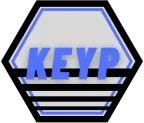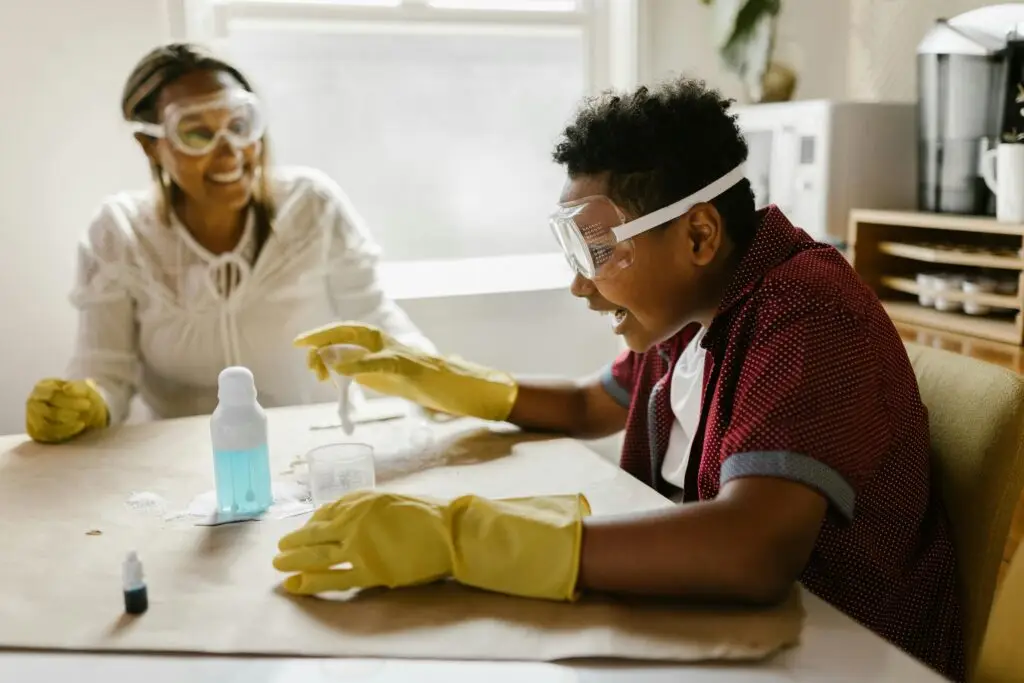Cleaning your home or workspace might seem straightforward, but misinformation has been passed down through the years that can leave you scrubbing away with ineffective methods. Let’s clear the air—literally and figuratively—by busting five common cleaning myths. You’ll learn what actually works, and maybe even save some time, effort, and money along the way.
Myth 1: Vinegar Cleans Everything
The Truth: While vinegar is a natural and versatile cleaner, it’s not a universal solution. Vinegar is great for cutting grease, removing hard water stains, and neutralizing odors, but it’s acidic and can damage certain surfaces. For example, using vinegar on granite, marble, or other natural stone can erode the finish and dull the surface. It’s also not effective at killing all bacteria or viruses.
What Works: Use vinegar for glass, tile, and stainless steel, but stick to pH-neutral cleaners for stone surfaces. For disinfecting, pair vinegar with hydrogen peroxide (used separately, not mixed!) or use an EPA-approved disinfectant.
Myth 2: Newspapers Are the Best for Cleaning Windows
The Truth: While your grandparents might swear by this trick, modern newspapers are often coated with materials that can leave streaks or even scratch your windows. Plus, wet newspaper can tear and leave behind bits of paper.
What Works: A microfiber cloth is your best friend for streak-free windows. Pair it with a solution of water and a few drops of dish soap or a commercial glass cleaner for crystal-clear results.
Myth 3: Bleach Cleans Everything
The Truth: Bleach is a powerful disinfectant, but it’s not a cleaner. While it kills bacteria, viruses, and mold, it doesn’t remove dirt or grime. Using bleach on dirty surfaces won’t do much besides spreading the mess around.
What Works: Clean surfaces with soap and water or an all-purpose cleaner first, then disinfect with bleach or another disinfectant. Always follow the manufacturer’s instructions for safe and effective use, and never mix bleach with other chemicals, especially ammonia, as it can produce toxic fumes.
Myth 4: More Soap Equals Cleaner Surfaces
The Truth: It’s tempting to think that using more soap or detergent will give you better results, but it can actually make things worse. Excess soap can leave behind a sticky residue that attracts dirt and makes surfaces look dull.
What Works: Use the recommended amount of soap or detergent—less is often more. Rinse thoroughly to avoid residue, and for floors, use a damp mop with clean water to remove any leftover cleaning solution.
Myth 5: A Feather Duster Removes Dust
The Truth: Feather dusters might look fancy, but most of them just push dust around rather than actually removing it. You might even end up with more dust floating in the air, which will settle back down later.
What Works: Use a damp microfiber cloth or an electrostatic duster to trap and remove dust effectively. For hard-to-reach areas, a vacuum with a dusting attachment works wonders.
Why Busting These Myths Matters
Understanding the difference between cleaning myths and effective techniques can save you time, money, and effort. It also ensures your home or workspace stays truly clean and safe. Cleaning smarter, not harder, allows you to focus on what really matters—enjoying your space without the frustration of ineffective methods.
So, next time someone tells you to grab the vinegar for everything or suggests a feather duster, you’ll know better. Armed with these myth-busting tips, you’re well on your way to becoming a cleaning pro!
What cleaning myths have you heard? Share them in the comments—we’d love to debunk more!

